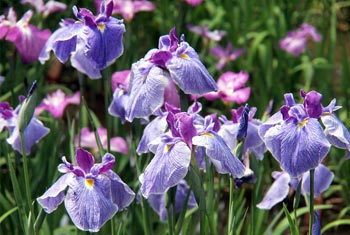Update January 2022 • Ecology Archive by Janis Blackschleger, February 22, 2016
In the heart of Tokyo – in the 20th year of the 20th century – more than 100,000 volunteers planted 100,000 trees donated from all parts of Japan to create a sacred forest for the new Meiji Shrine. A sacred forest envisioned to evolve, grow and renew itself “naturally”, without human intervention, into the next century.
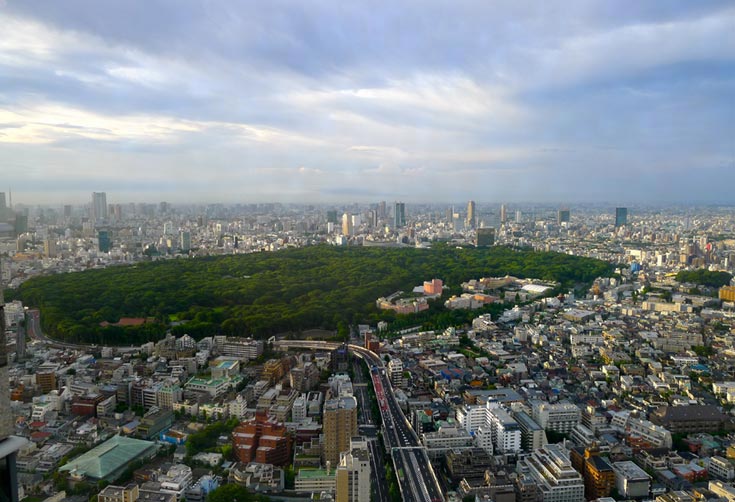
A high-rise SE view of the dense green canopy of Meiji Jinguʼs sacred forest,
and the adjacent Yoyogi Park. Photo by & copyright, Joe Nazaria
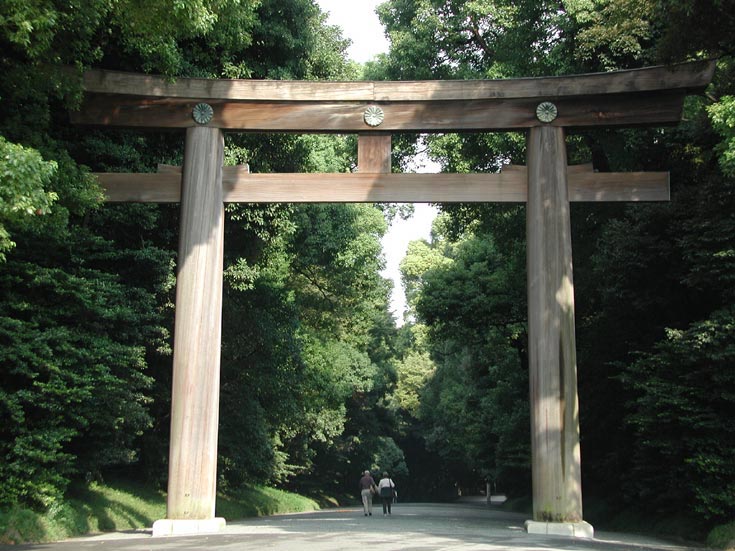
By tradition, the torii or shrine gate marks the entrance to a Shinto Shrine or a sacred space.
Less than a minuteʼs walk from Harajuku Station, the hustle and bustle of the outside world
fade away, as one passes through the grand torii at the south entrance.
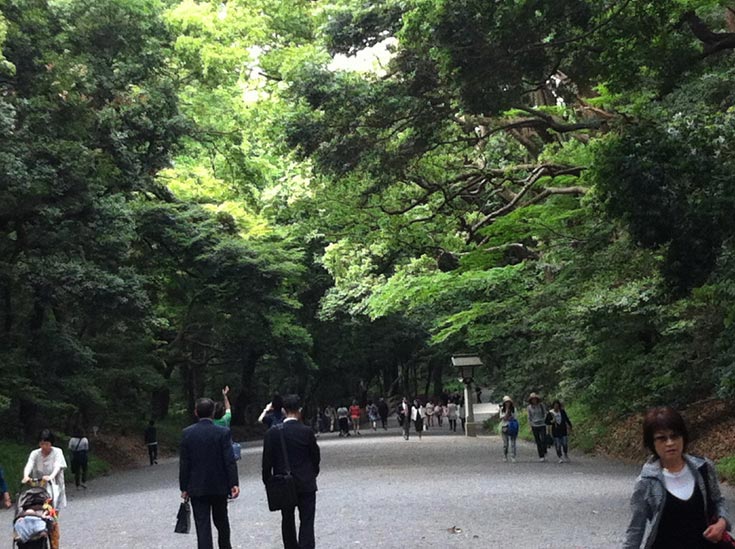
Open from sunrise to sunset every day of the year, the wide gravel walking path – and
distance to the shrine – symbolize purification.
SETTING THE SCENE
Since ancient times in Japan, sacred shrine forests or chinju no mori have been a venerated expression of Japanʼs cultural traditions and concepts of nature. Yet the creation of the Meiji Jungu Forest was a decidedly modern construct in its time, led by Dr. Seiroku Honda and his advanced afforestation practices.
Although the site dedicated to the new shrine and forest was mostly barren fields, and the Harajuku Station area nearly treeless, Dr. Honda and his team planned for the maturation of Japanʼs first “eternal” forest in four 50-year stages.
…..
• from the very beginning the young forestʼs trees should look natural and appropriate for the divine shrine;
“The forest has grown into a mature broad leafed forest more rapidly than Honda expected and has already begun to attain the appearance of a natural forest. It has been steadily growing into a state of perfection.”
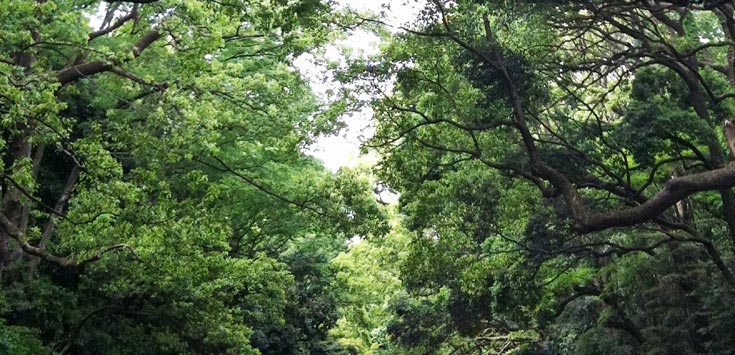
The branches gracefully arch overhead, enveloping the path with plenteous shade and
dappled sunlight. The walk is naturally, effortlessly a transforming experience.
“The biggest reason why this forest has remained and flourished is that the area is protected by the revered shrine, with every one of its trees considered sacred and venerable. ” – Kyoko Tsukada
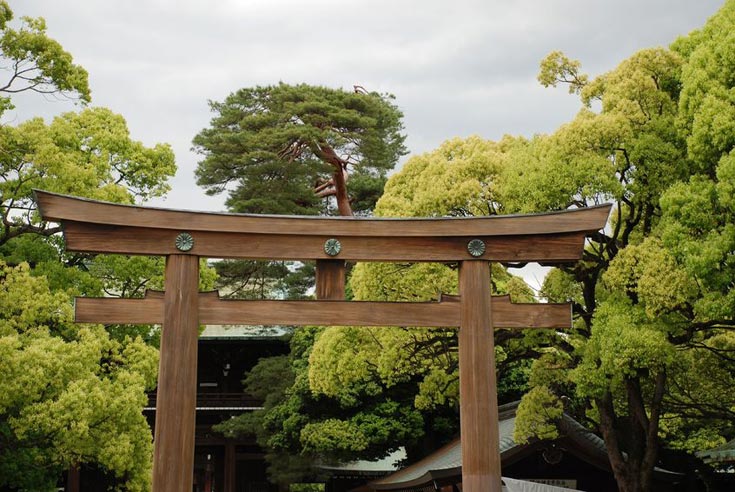
Meiji Shrineʼs public relations manager Miki Fukutoku explains, “This man-made forest was designed to last forever, so weʼre keeping a record to see whether itʼs evolving according to plan. In 2011, we surveyed the species living in the area as part of our preparations for the [shrineʼs] 100th anniversary.”
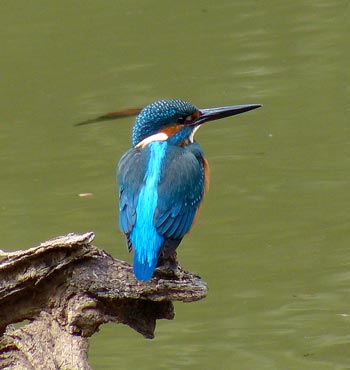
“The forest is now about to reach the end of Hondaʼs protocol and experts say it will remain this condition for some time, since camphor trees can live 300 to 400 years. We wonʼt live for that long, though,” Fukutoku continues with a laugh, “so, the next plan will be passed on to the next generation.”
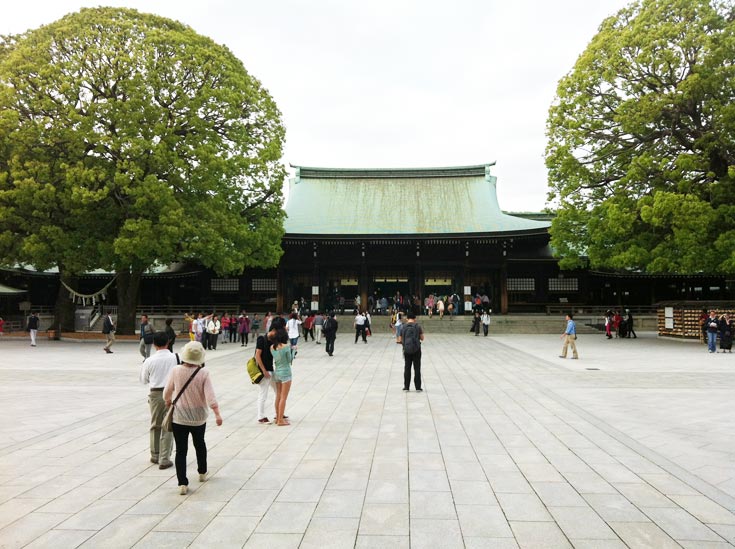
The author uses Meiji shrine and previously untouched archival material as a lens with which to investigate the nature of the society that created, experienced and produced the sacred forest and shrine – through to the rebuilding in 1958 of several of the shrineʼs buildings (destroyed by fire in 1945 in the air raids of the war, including Honden, the main shrine building proper and inner most Sanctuary of the shrine.)
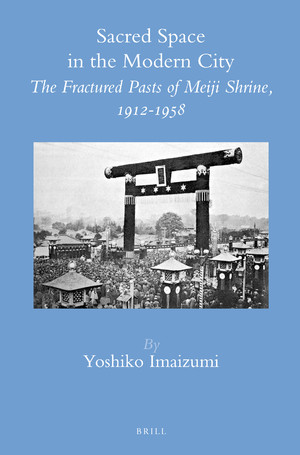
2020 Meiji Shrine Centenary
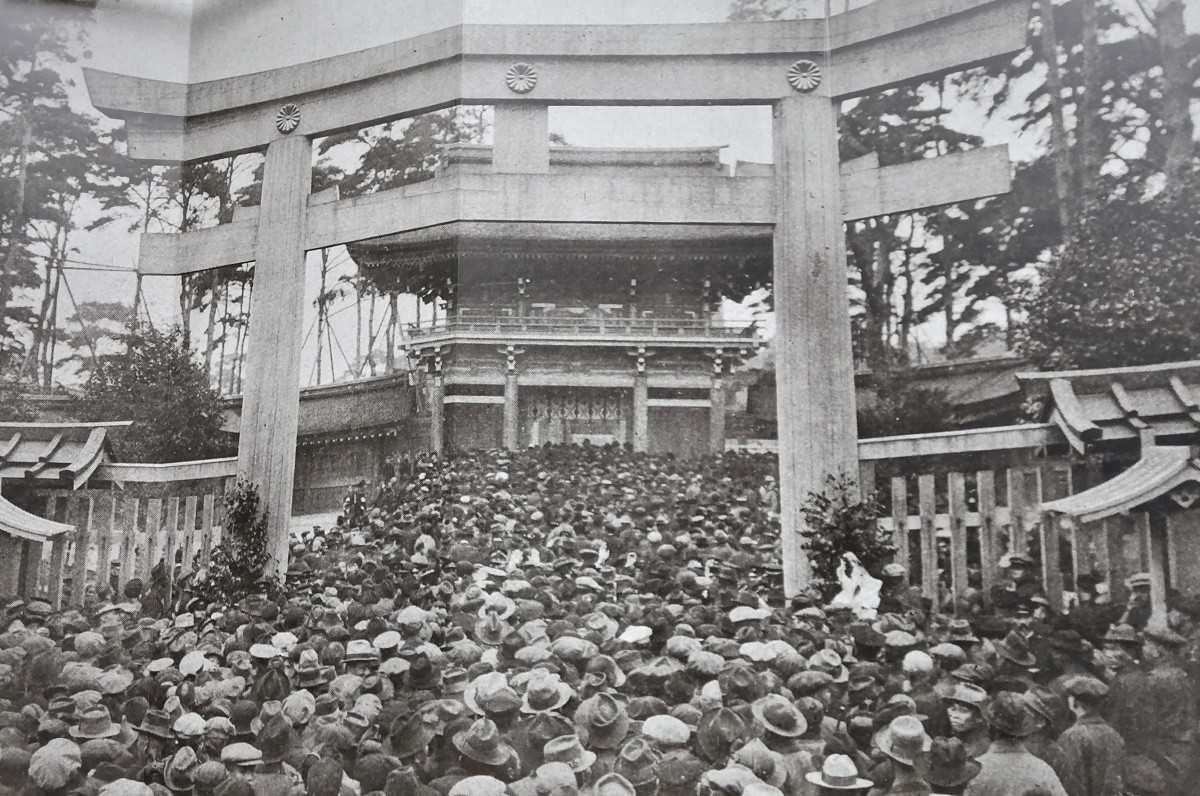

November 1, 1920 Opening Day (Above)
100 years later in 2020 (Right)
The Centennial Celebrations
of the Establishment of
Meiji Jingu
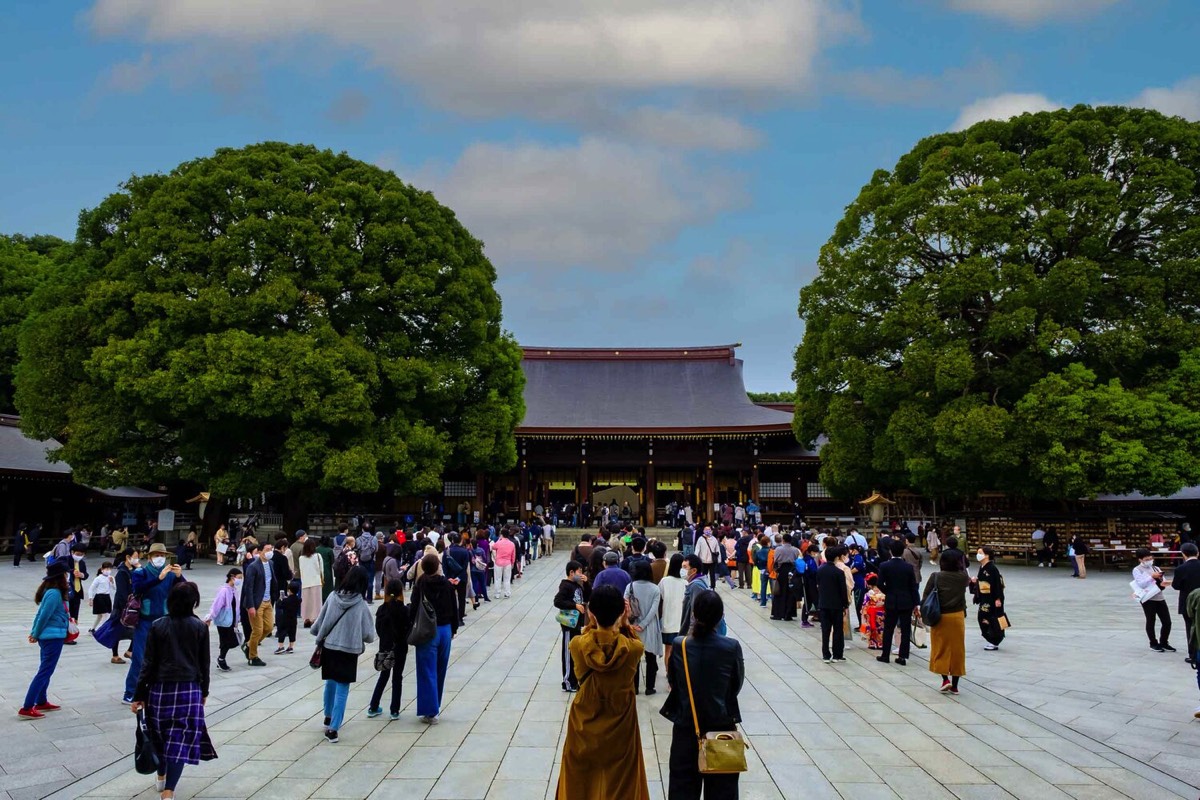
Empress Shoken (1850 – 1914) not only supported the Emperor behind the scenes but also devoted herself to promoting national welfare and womenʼs education. She was also concerned about world affairs, and she donated a fund, named after her, to the International Red Cross, which through to this day continues to be used for international welfare activities.
Links for Additional Information
Meiji Ji–ngu official website • 明治神宮 • https://www.meijijingu.or.jp
Japan for Sustainability: Japanese NPO launches "Encyclopedia of Life" Project to Protect the Forest
Green Shinto: Meiji Shrine Forest
“ . . . the Meiji forest stands as a flourishing oasis of greenery amidst the urban sprawl of Tokyo. It’s a ‘people’s forest’ that sustains wildlife, purifies the air and offers hope for the future.”
Asie-Sorbonne Workshop: The Tree that Hides the Forest
Announcement published by Christine Vial Kayser on August 30, 2021
Call for Papers • Reflecting on the dynamics of the relationship with trees—
and beyond, with nature—in East and South Asia by comparison with the West.
